4 strategies to beat Hearthstone's new Demon Hunter class
Our best guesses at how to counter the Demon Hunter when it arrives in Hearthstone this week.
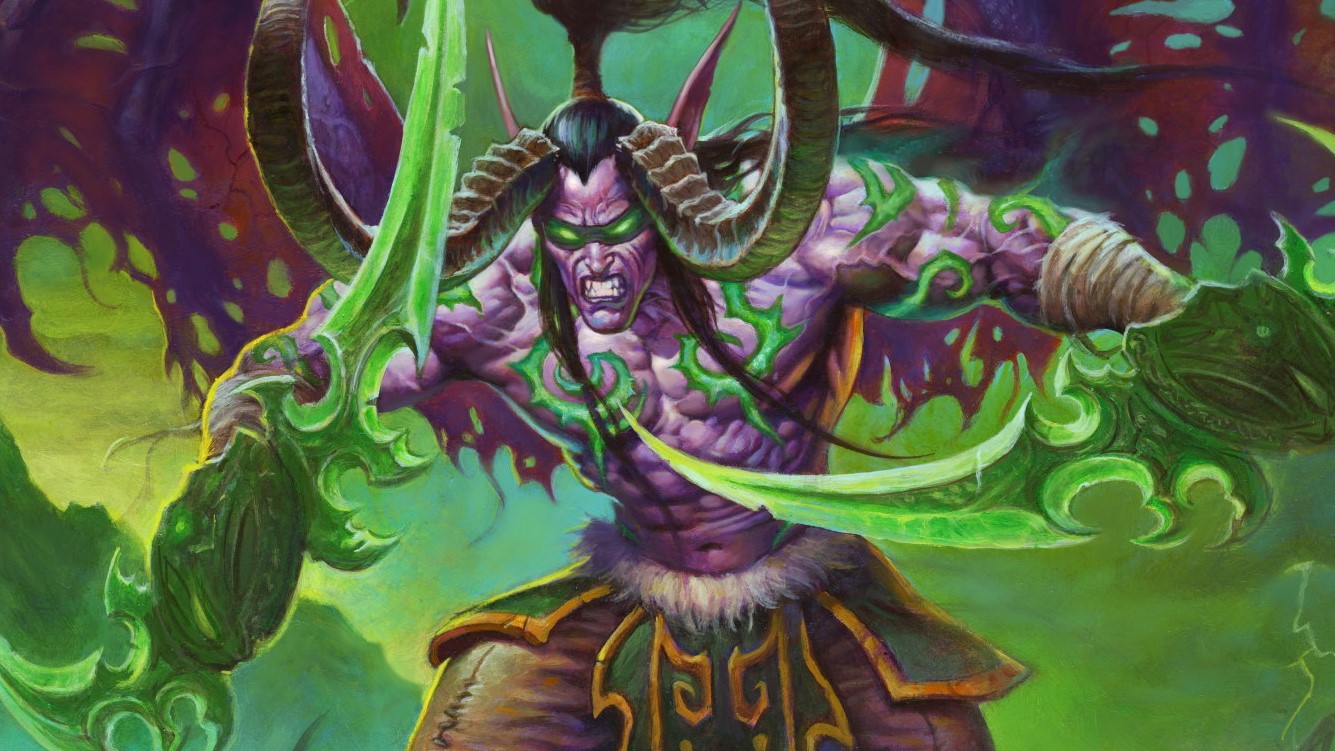
When the new Hearthstone expansion drops, everyone and their mother is going to want to try out the Demon Hunter, the first class added to Hearthstone since it was born. We've played it, but we don't know exactly how Demon Hunter decks will be built or how it'll fit into the meta. Everything you're about to read is speculative—but let's say you're an especially enterprising killjoy looking for the best way to farm all those new Demon Hunter players for the best expansion launch win-rate ever. Here's how I think you can pull it off.
To craft these strategies, I've made some assumptions about how the class will play. Demon Hunter looks like an aggressive class, whether that aggression is achieved through pure aggro, combo, or midrange archetypes. Demon Hunters will want to get in for early damage and close games out with burst. So you want to target that game plan and prevent it from working.
Demon Hunters are packing a lot of burst potential and may always be threatening you with lethal, so putting taunts in their way seems like the natural counter plan. That said, the strategy of "play lots of minions with taunt and board clears" may not be effective: With Maiev ready to remove even the largest of taunts and Kayn ready to walk right past them, blocking out Demon Hunters with board may not be as easy as running a Resurrect Priest.
Instead, you may want to focus on staying healthy while developing counter-pressure of your own. This allows you to both outlast their initial aggression while not giving them time to execute any two-or-three-turn burst plans.
Strategy 1: Use Warlock/Zephyrs
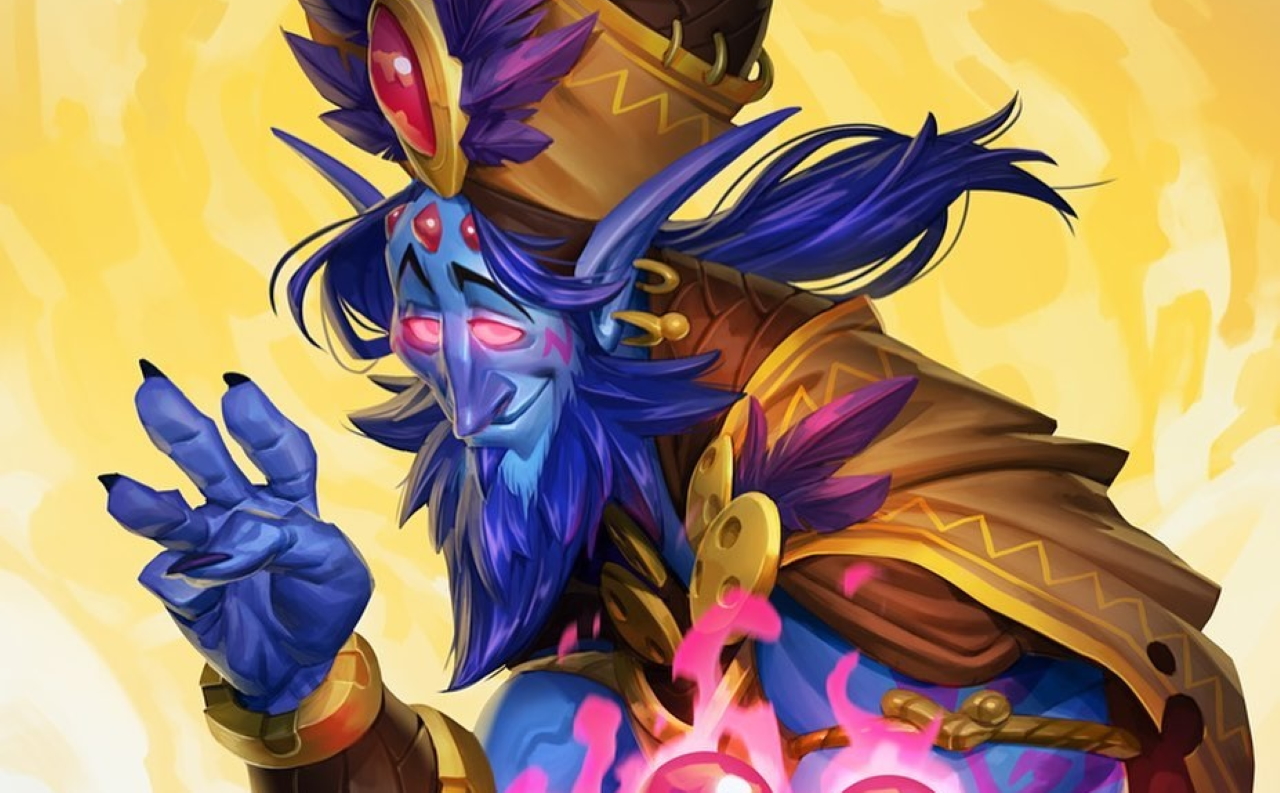
What Warlock and Zephyrs share in common is a simple trick: access to Sacrificial Pact. Being able to remove opposing minions for free while healing is an absurd thorn in a Demon Hunter's side. Demon Hunters want to deliver burst since they aren’t necessarily snowballing board leads with buffs, so healing is at a premium. So being able to kill, say, a 10/6 or any comparably large threat and gaining 5 life in the process for no mana is plain silly. While it might be backbreaking on large minions, it’s still just fine against small ones, too. Sac Pact is the Superman of Backstabs against Demon Hunter.
Warlocks may just play this card in their decks naturally because Galakrond can afford them a stream of cheap imps to eat. Combined with Nether Breath, Galakrond armor, Kronx, and Zephyrs (if you play it and draw your duplicates), the class has access to a surprising amount of healing that also functions as removal and threats.
Sac Pact is the ultimate in anti-fun technology for Demon Hunters.
The biggest gaming news, reviews and hardware deals
Keep up to date with the most important stories and the best deals, as picked by the PC Gamer team.
(On a personal note, Sac Pact should absolutely not work the way it does. The ability to target opposing minions clearly counters the flavor of it being a sacrifice, which is something you give up. It also kills Jaraxxus in hero form for no reason other than someone thought it would be funny in the game's early history. That might be less of a problem if people had to put Sac Pact into their deck, since they historically did not, but when lots of people are playing it accidentally because they have Zephyrs in their deck, you end up creating some real bad feelings.)
Strategy 2: Tempo/Control Warrior
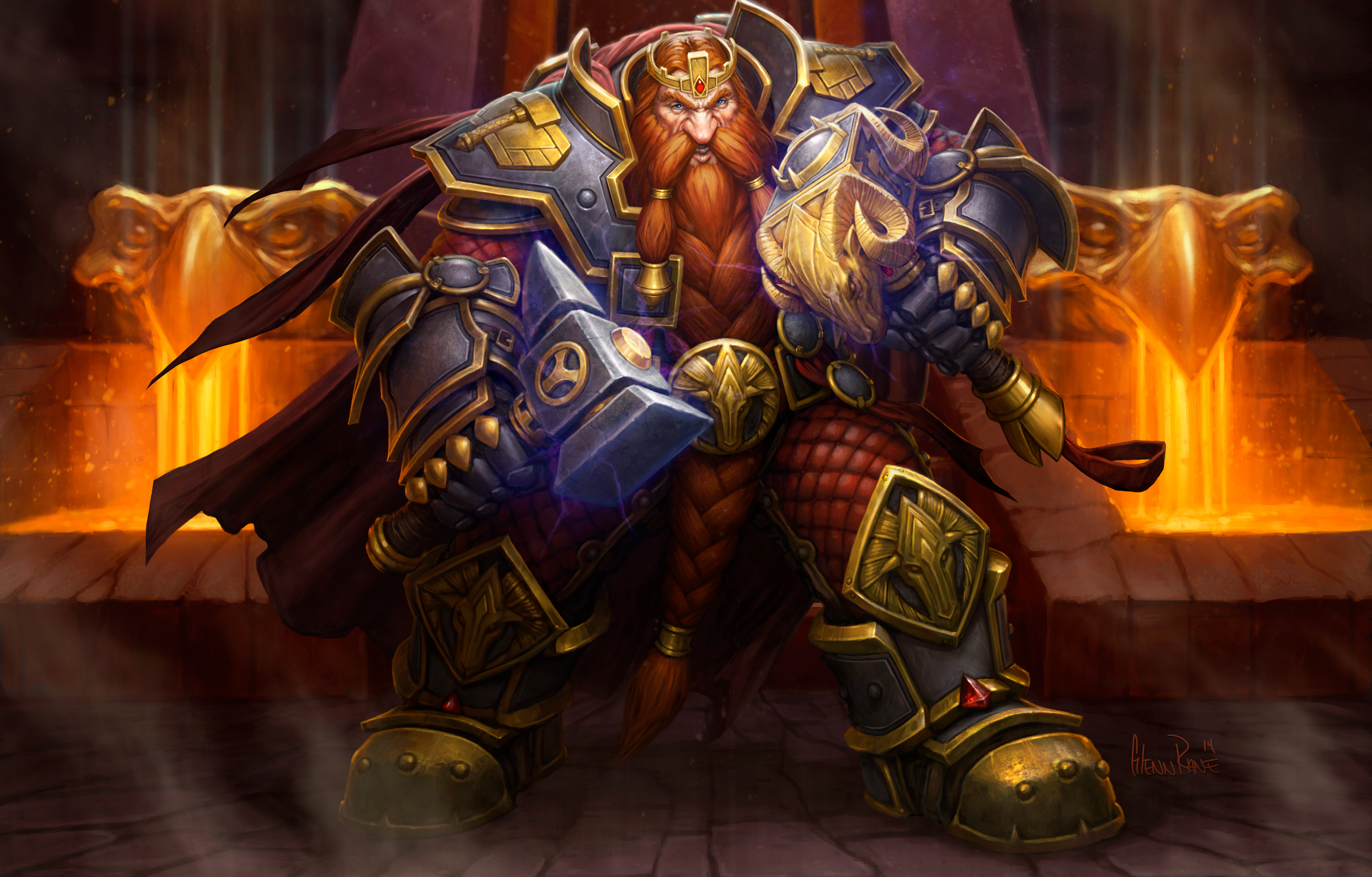
Another way to outlast the Demon Hunter is stacking up tons of armor, ideally while gaining tempo. For that reason, Warrior stands out as a premier possibility. Cards like Armorsmith can stack up tons of health while helping you maintain control of the board, and it works for both Warrior archetypes. While control lists can stack up more armor while removing threats to outlast the Demon Hunter better, Tempo/Galakrond lists can pressure more effectively, preventing the Demon Hunter from having the time to become proactive and bursty.
One major issue here is that we can’t quite say how Warrior decks will be built following rotation, as some key cards from existing decks will be missing (Town Crier, Eternium Rover, War Path, and several others). While the decks may need to be rebuilt, they should still hold great promise for tackling the green tide.
Strategy 3: Quest Druid
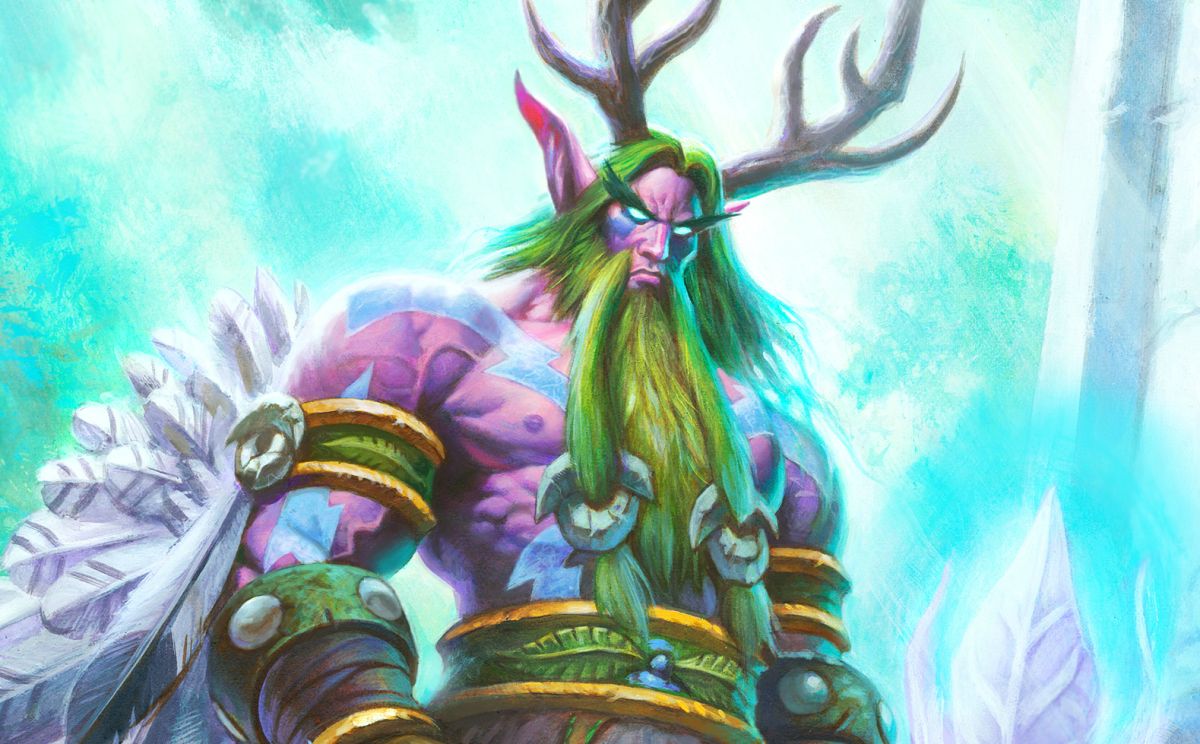
This is a bit speculative because Quest Druid is currently the most polarized deck in the game (it's not close), and we don't know exactly how Demon Hunter decks will be built. However, when Quest Druid beats a deck, it's usually a sound victory. In regards to this match, Quest Druid is packing two copies of Hidden Oasis and can be playing two copies of Steel Beetle. In the event that Demon Hunter decks can’t reliably get Quest Druids dead in a hurry, it's not unreasonable to think Druids will be able to sustain through what can typically be thrown at them and bounce back for quick tempo swings and counter pressure.
Quest Druid isn’t really losing too much in the rotation, either (Loti is the big loss, but they can likely survive that loss), so unless the meta becomes hostile to the archetype, you can think about it as a reasonable counter option.
Strategy 4: Pure Paladin
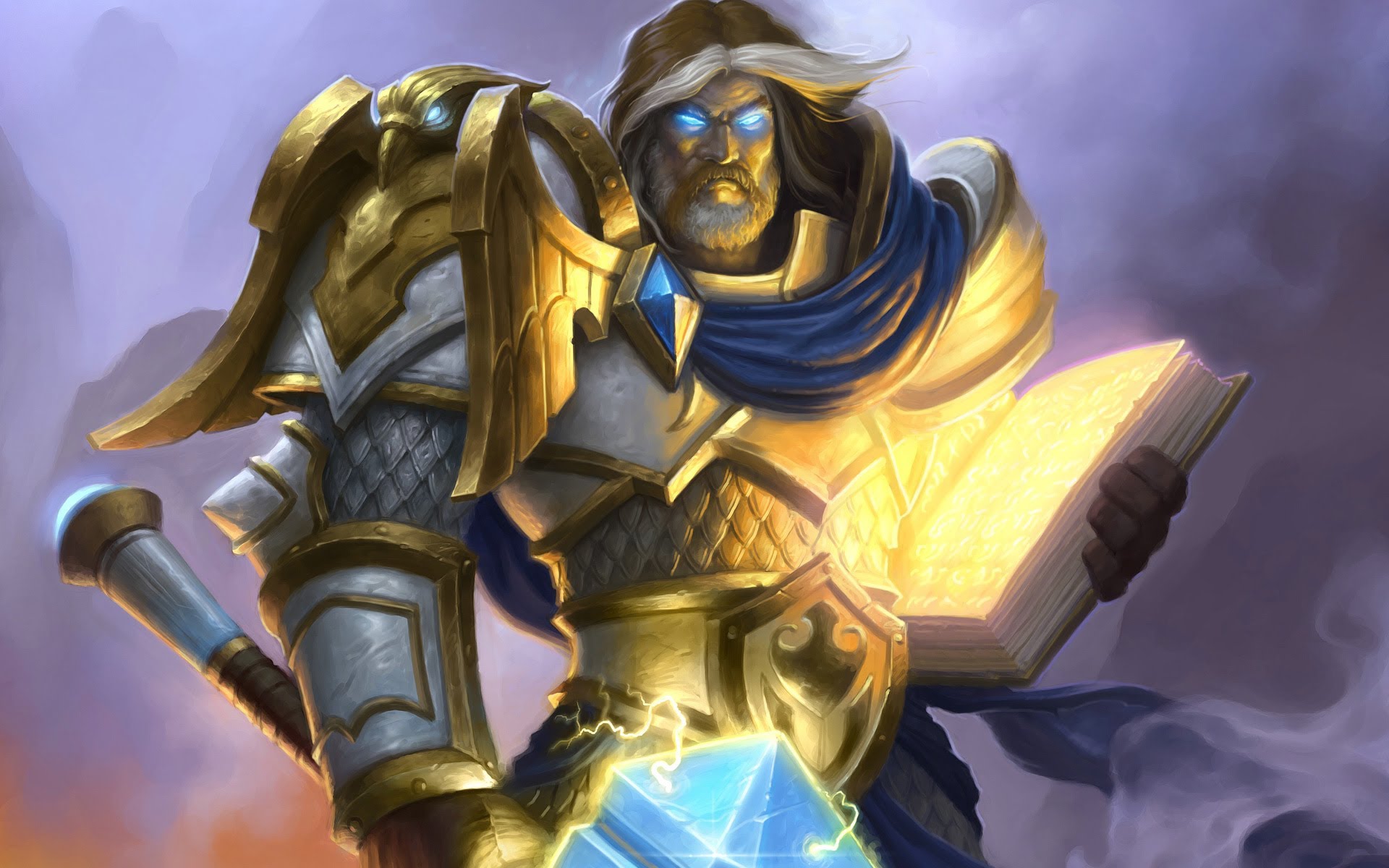
This is even more speculative, because we don’t know whether this deck will exist in a competitive form in the upcoming meta, but if it does, Paladin looks like it can be packing a ton of health and protection. They have their own version of Hidden Oasis in Libram of Hope, as well as Bronze Explorer, Lightforged Zealot, and Amber Watcher for even more healing on top of that. Their midrange play still helps ensure they can apply pressure as well, forcing Demon Hunters into reactive positions in some stages of the game while staying at high health totals in the process.
You’ll want to pay particular attention to getting online in the early stages of the game in that match, as if you can make the game go long, the Paladin may become progressively more favored.
While there are many ways to counter Demon Hunters in principle, the most natural counters are those that can contest the Demon Hunter's game plan more or less by accident. You want a counter deck that achieves its counter as it executes its primary play style, not one that has to go out of its way to win.
In that respect, the most natural counters may be Galakrond Warlock—because of Sac Pact’s tempo swings—and Quest Druid. But there are undoubtedly other options out there, depending on what new archetypes might rise to prominence and how favorable the meta is to them.

